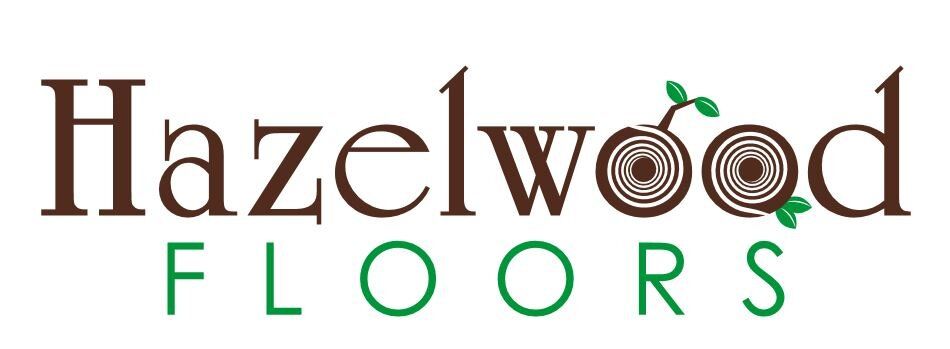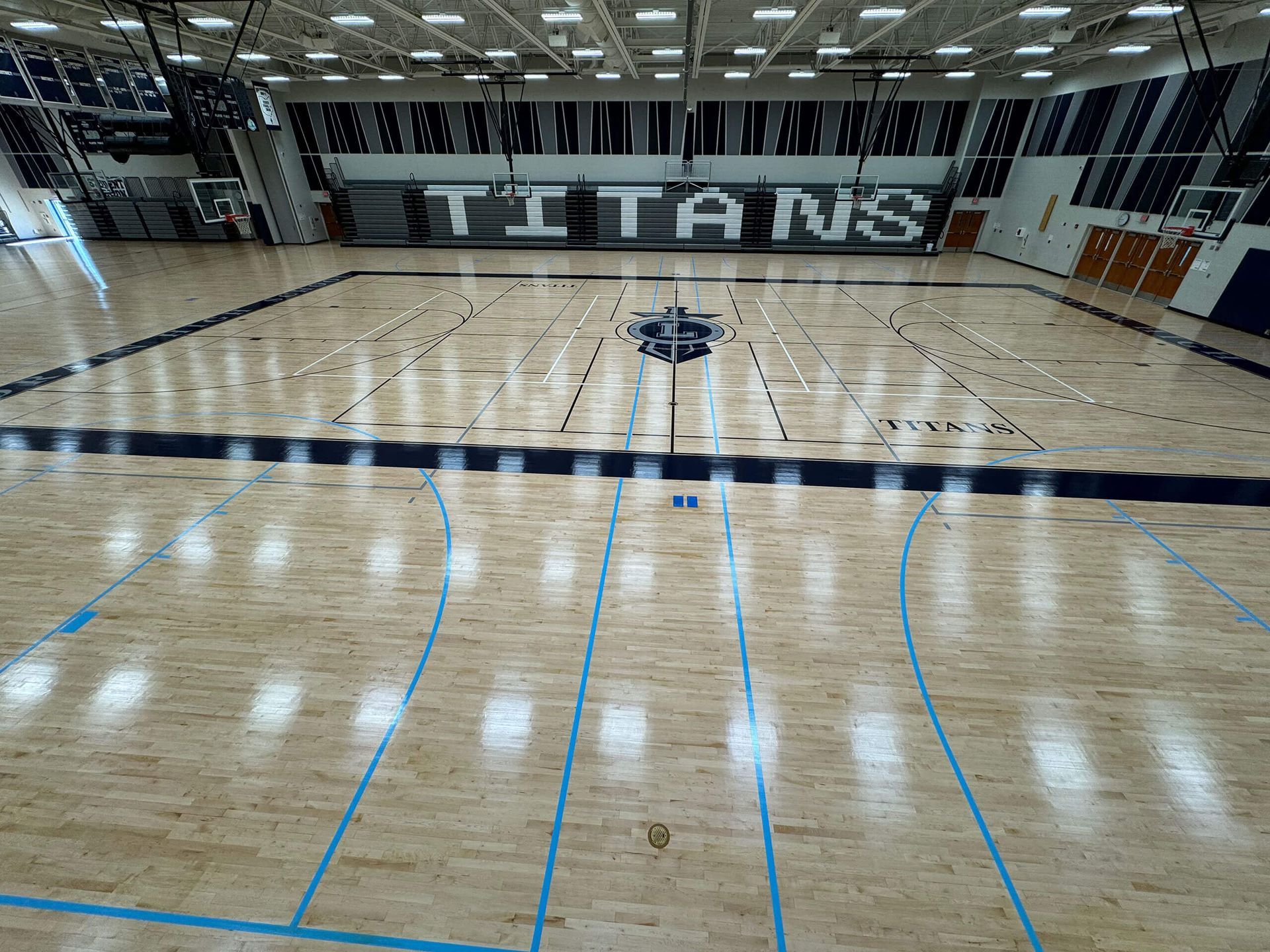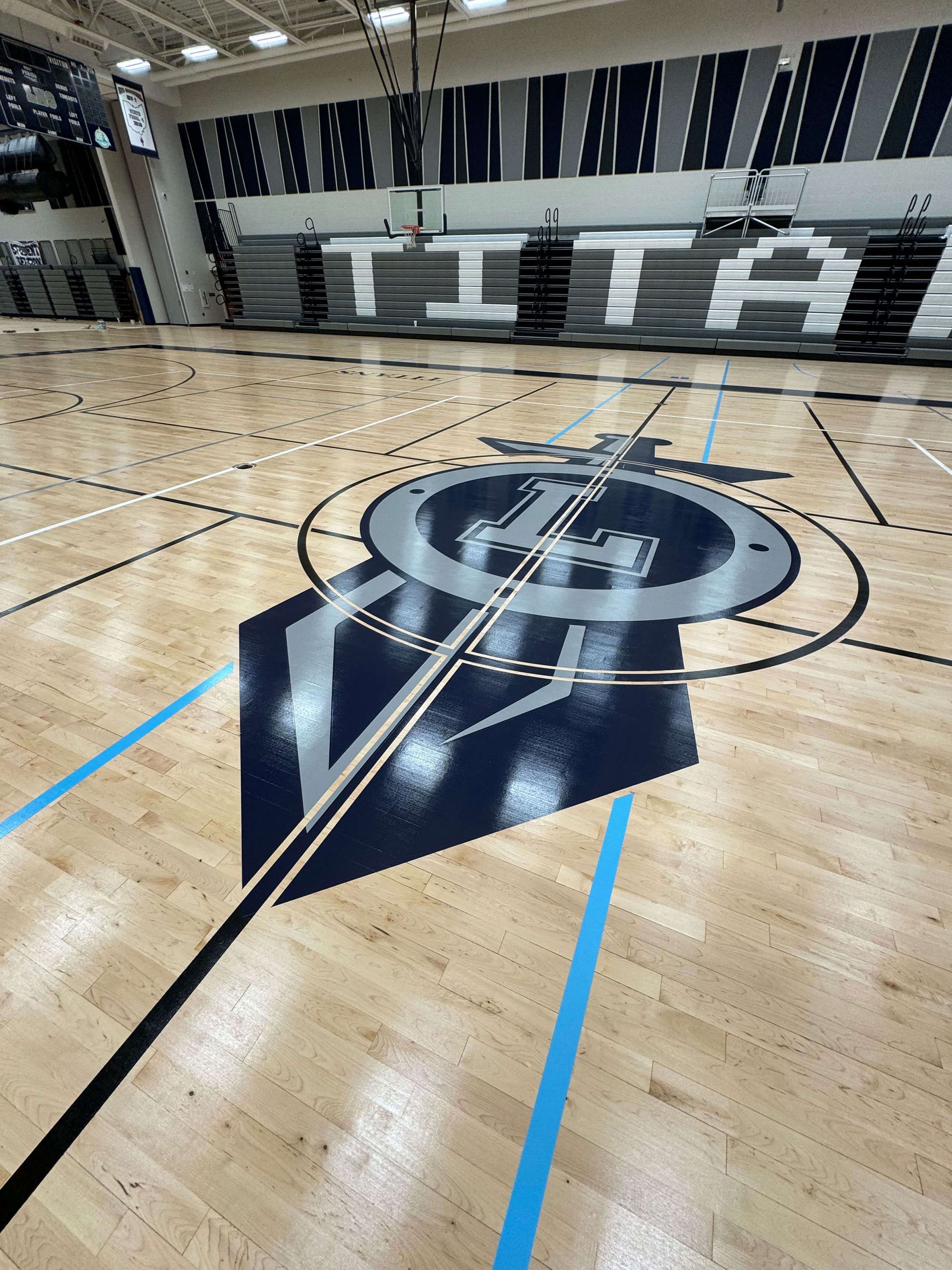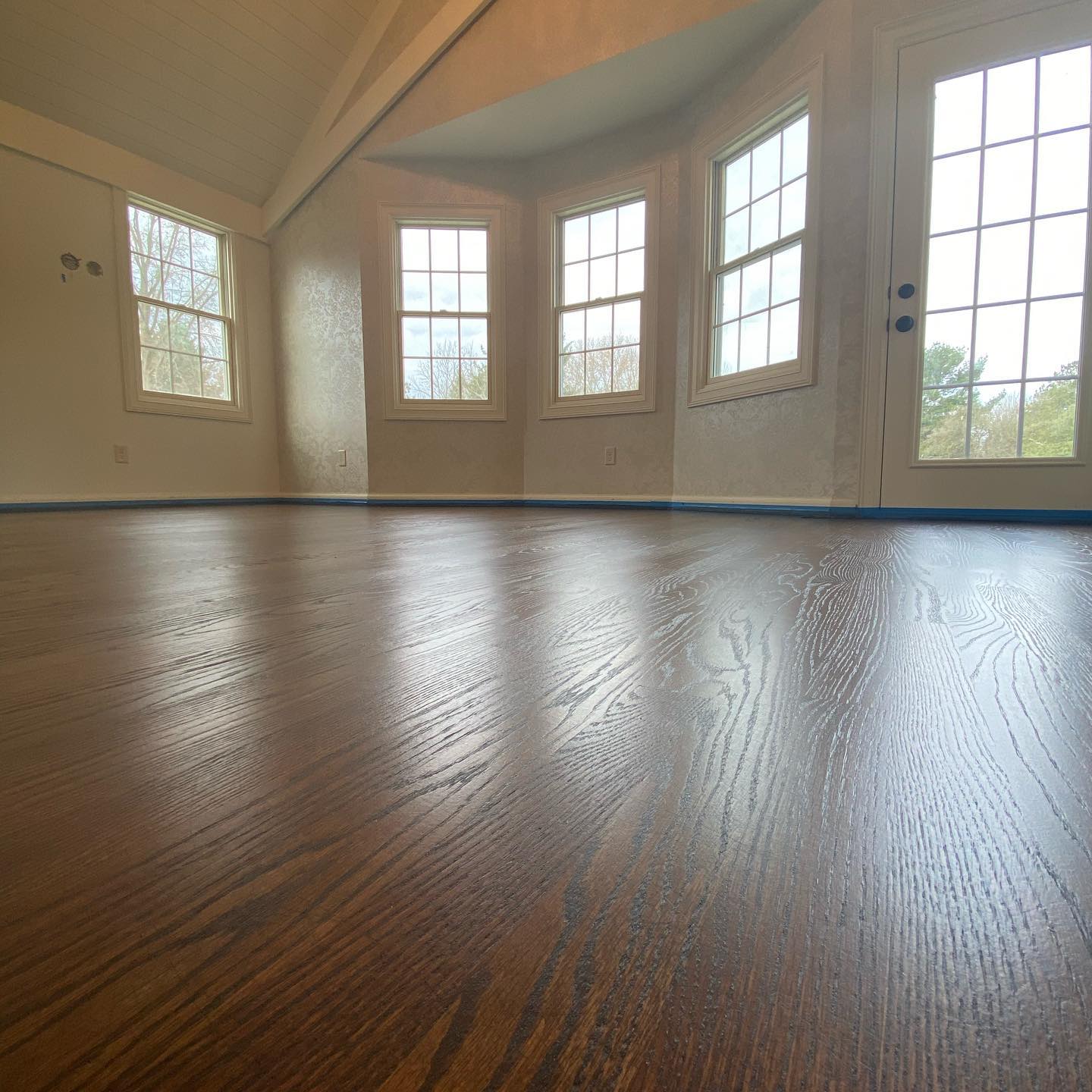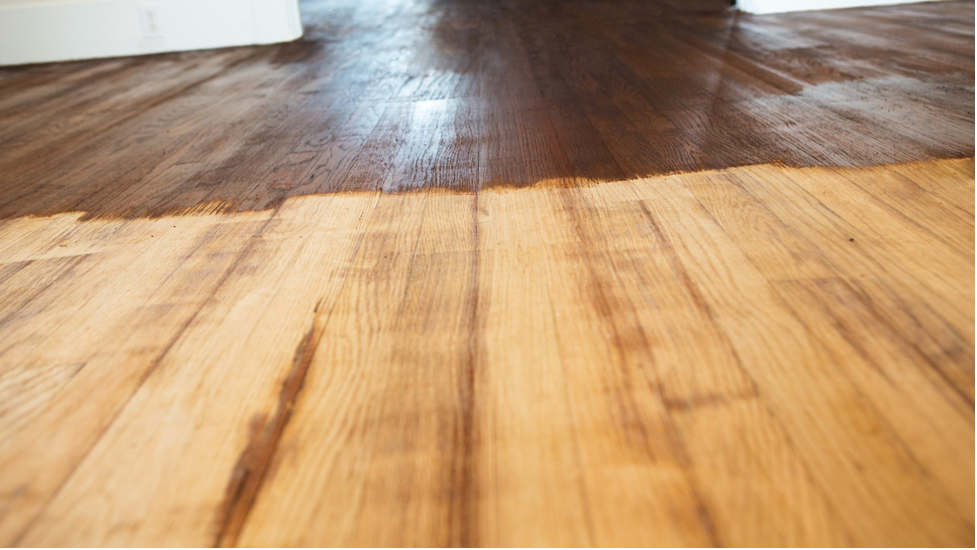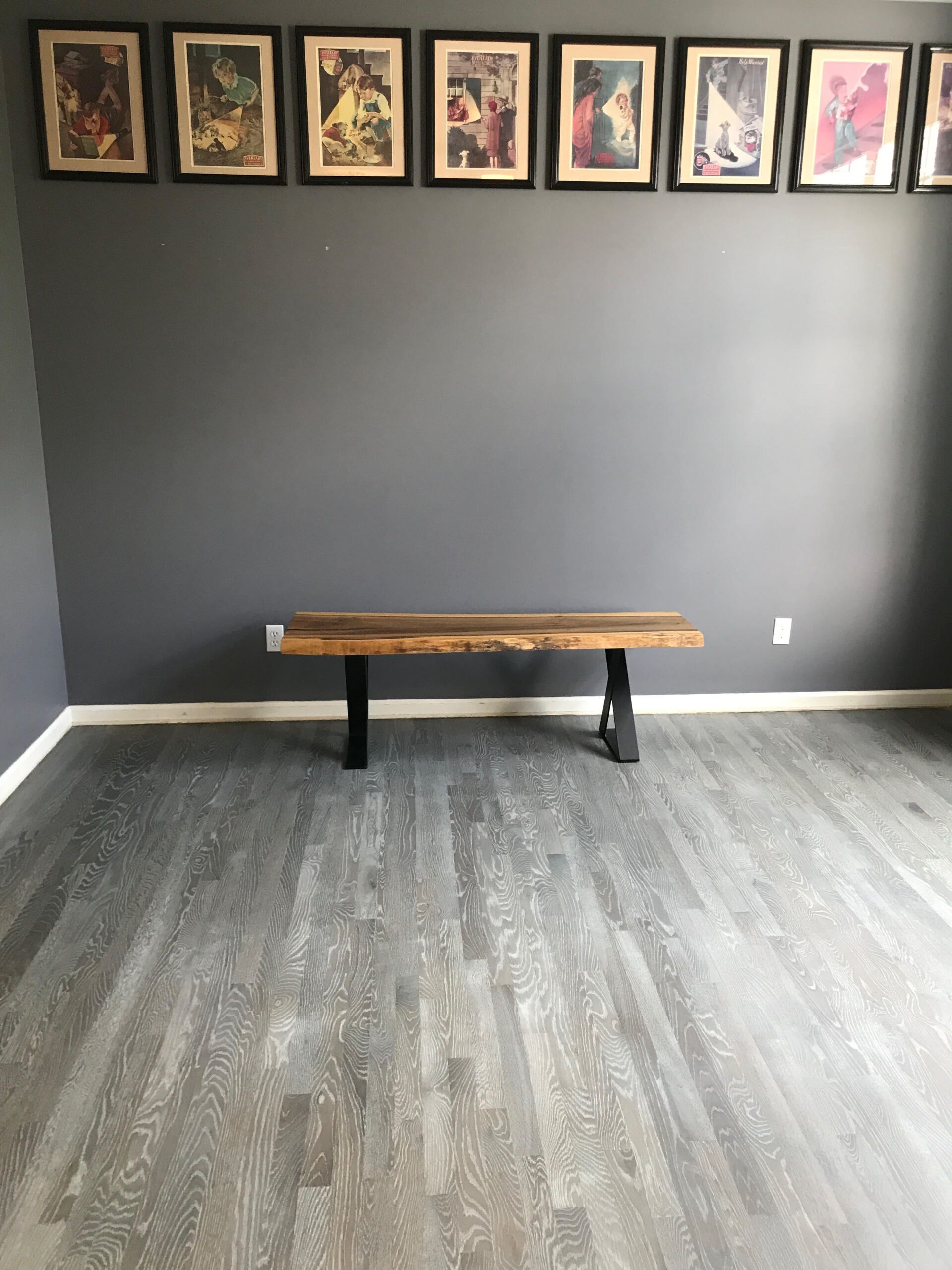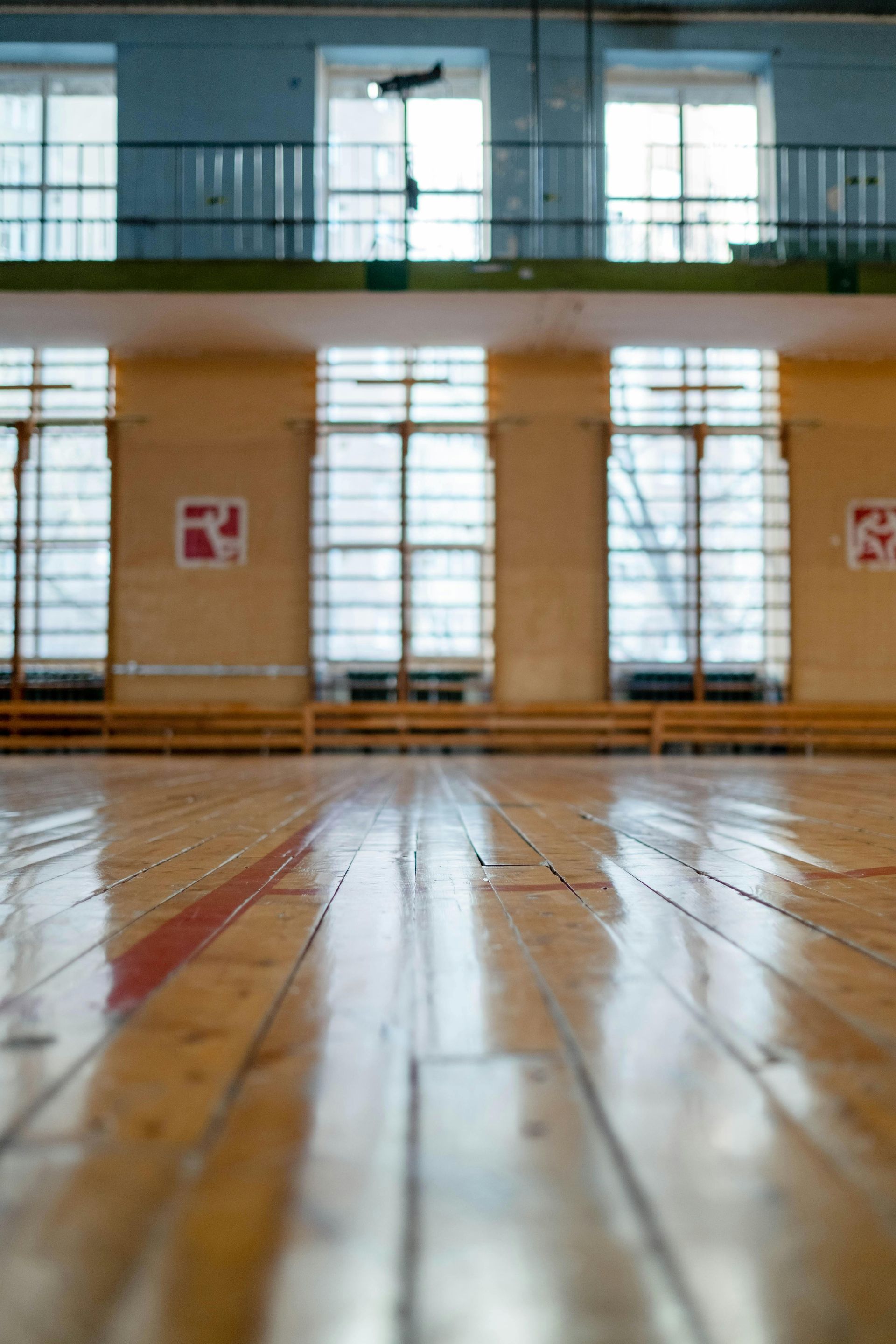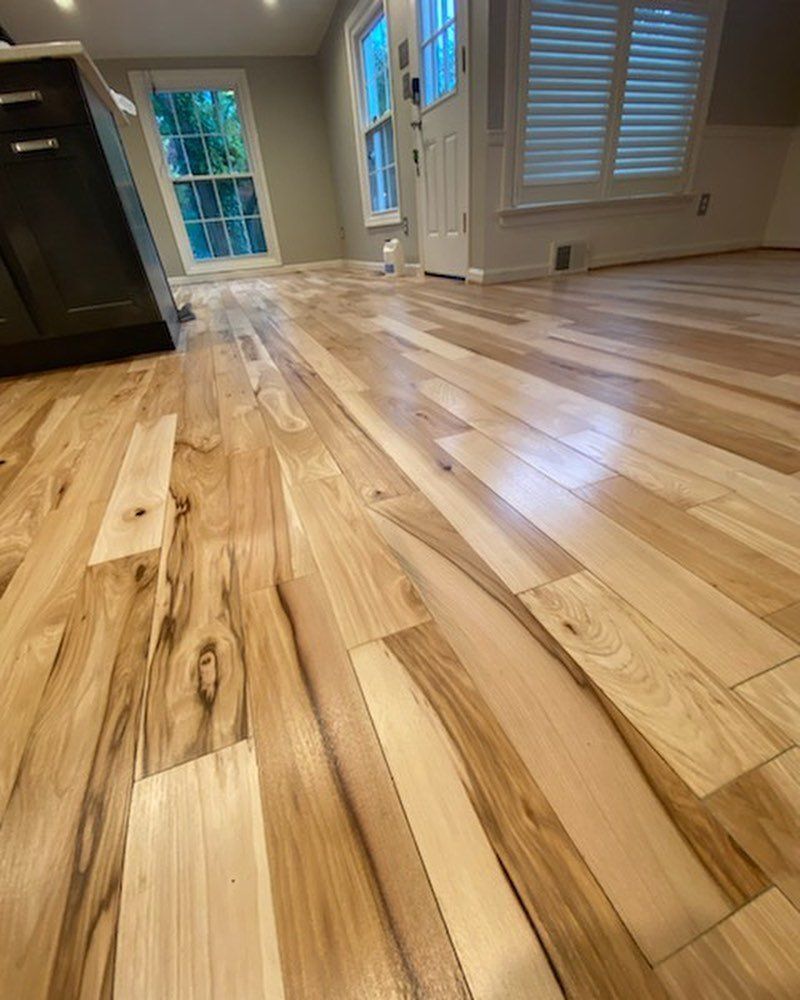How Much Does It Cost to Refinish a Gymnasium Floor? A Complete Pricing Guide
A gym floor carries more than players and coaches. It's where rivalries play out, students cheer from the stands, and entire communities come together. When properly cared for, it supports safety and provides athletes with a surface they can trust. But no floor, no matter how strong, stays perfect forever.
Even the toughest hardwood eventually shows its age. The shine fades, scratches appear, and traction begins to slip. Athletes feel the change underfoot, coaches worry about injuries, and spectators notice when a basketball court or fitness center looks worn. This kind of wear affects the overall experience of the entire facility.
Refinishing solves the problem by renewing what's already there. By sanding away damage, applying a new finish, and sealing it for durability, refinishing restores the look and performance of the floor at a fraction of the cost of replacement. In Cleveland and across Ohio, the cost of gym floor refinishing depends on several factors, including the size of the space, the condition of the surface, and any additional services required.
In this guide, we'll walk through the main factors that shape cost, provide average prices per square foot, explain the steps in the refinishing process, and share practical tips for saving money. By the end, you'll understand what refinishing involves and why it's one of the most valuable investments for any athletic space.
Table of Contents:
- How Much Does It Cost to Refinish a Gymnasium Floor? A Complete Pricing Guide
- Factors That Influence the Gym Floor Refinishing Cost, Ohio
- Average Cost Breakdown
- Putting It All Together
- Safety and Performance Benefits of Refinishing
- Steps Involved in Refinishing a Gymnasium Floor
- Cost-Saving Tips
- How Often Should You Refinish a Gymnasium Floor?
- Hiring the Right Professional
- Experience and Specialization
- Why Refinishing Is Better Than Replacement
- When Replacement Is the Right Choice
- The Takeaway of New Gym Floors
- Conclusion
Factors That Influence the Gym Floor Refinishing Cost, Ohio
No two gyms are exactly alike, which means the price to refinish a floor isn't set in stone. Several key elements affect the total, and understanding each one makes it easier to see where your money goes and how to budget realistically.
1. Size of the Gymnasium Floor
The most direct factor is square footage. A larger court requires more sanding, more finish, and more labor hours, which raises the cost. Pricing is typically calculated per square foot, so even a slight difference in size can shift the total. For example, a middle school gym might fall on the lower end, while a college court with full seating and multiple play areas will naturally cost more.
Pro Tip: Always measure the full playing surface, not just the visible area. In one Cleveland school, auxiliary wings of the court were left out of the initial estimate, which changed the final bill once work began.
2. Type of Flooring Material
Most traditional gym floors are made of maple, a wood valued for its durability and consistent ball response. Synthetic sports floors, however, follow different maintenance standards and often cannot be sanded the same way. With hardwood, refinishing involves sanding and sealing. Synthetic surfaces may need resurfacing or even replacement. Knowing what material you have sets the direction for the work and the price.
3. Condition of the Existing Floor
The state of a gym floor often tells the story of how it has been cared for. When a surface has received consistent gym floor maintenance, such as dust mopping and timely recoating, refinishing is usually straightforward and affordable. Small touch-ups may be all that is required to restore its appearance and traction.
Older floors, however, bring different challenges. Deep scratches, water damage, or warped boards often need to be repaired before sanding can even begin. Addressing these issues takes extra time and materials, which increases the overall cost of refinishing.
4. Type of Refinishing Required
Once the floor's condition is assessed, the appropriate level of service is chosen. A lightly worn surface may only require a screening and recoating, which refreshes the finish without removing a significant amount of the wood. More worn or damaged floors require full sanding back to bare maple, sealing, and repainting game lines. Some facilities request multiple coats of finish for added durability, especially in gyms with heavy daily use.
At this stage, the type of finish also comes into play. An oil-based finish provides a classic look and lower upfront cost but requires more curing time. A water-based finish dries faster and produces less odor, though it is usually more expensive.
5. Labor Costs
Labor is one of the biggest variables in any project. Rates vary depending on the region, the crew's experience, and the complexity of the job. In Ohio, refinishing a gym floor in a small town may cost less than the same work in a larger metro area where demand is higher.
What you're paying for is more than just time on the clock. Labor covers setup, sanding, finishing, and cleanup, along with the expertise that ensures each stage is done correctly.
A skilled crew knows how to handle the heavy machines, manage dust, and apply the finish with consistency so the floor performs the way athletes expect. Those hours of effort are part of what makes refinishing such a valuable investment.
6. Additional Customizations
Many schools and organizations use their basketball courts or athletic facilities to showcase pride. However, showing this pride by adding painted game lines, logos, or multi-sport markings increases the total. Each design requires time, precision, and additional sealant to ensure durability. While these extras add cost, they also create a professional look that lasts.
Pro Tip: At a Cleveland gym, Hazelwood Floors worked on a large center-court logo that extended the refinishing schedule by two days. Planning for extras like this helps avoid surprises.
Average Cost Breakdown
While every project is different, most gyms fall within a predictable range depending on the work required. Understanding these averages helps facility managers, athletic directors, and gym owners set realistic budgets and avoid surprises.
Sanding and Recoating
For facilities that maintain regular upkeep, sanding and recoating—sometimes referred to as screening and recoating—is the most cost-effective option. In Ohio, this service typically costs between $1.50 and $2.50 per square foot, which translates to a mid-sized high school gym costing roughly $8,000 to $12,000.
Because this process is less invasive, it can often be completed within a week, making it a practical choice for schools and recreation centers that need the court back in use quickly. Beyond the lower cost, this option helps extend the floor's lifespan and delays the need for a full refinishing.
Full Refinishing
When wear goes beyond surface scratches, full refinishing becomes necessary. This service involves sanding the floor back to bare wood, sealing it, repainting game lines, and applying multiple coats of finish. In Ohio, full refinishing typically ranges from $3.00 to $5.00 per square foot.
For a college-size basketball court of about 7,000 square feet, that means anywhere from $21,000 to $28,000, depending on the level of customization. Though it's a bigger investment, full refinishing essentially gives the facility a brand-new surface without the cost of full replacement.
Repairs and Extras
Special circumstances can also affect the bottom line. A gym with water damage may need sealing treatments before sanding begins. Older facilities sometimes require adjustments to hardware, such as volleyball anchors or floor plates, to ensure a safe and level playing surface.
Many organizations also choose to add customizations, such as multi-sport layouts or center-court logos. These features increase costs, often adding $2,000 to $5,000 to the overall bill, but they enhance versatility and give the space a unique identity.
Putting It All Together
For most gyms in Cleveland and across Ohio, refinishing costs fall between $1.50 and $5.00 per square foot. Smaller projects with light recoating are on the lower end, while full refinishing with custom logos or multi-sport lines sits on the higher side. Facilities that stay consistent with maintenance usually spend less in the long run, since regular recoating reduces how often major refinishing is needed.
At Hazelwood Floors, we often remind clients that cost should never be the only deciding factor. A well-timed refinishing project not only prevents expensive repairs but also gives athletes, coaches, and spectators a new floor they can trust for years to come.
Safety and Performance Benefits of Refinishing
The cost of refinishing is essential, but the safety and performance gains are just as valuable. Athletes rely on a surface that grips properly, responds to movement, and cushions impact. When a floor becomes slick or uneven, the risk of slips and injuries rises. Coaches notice when players hesitate on their footing, and parents worry about whether their children are safe on the court.
A freshly refinished floor restores the even surface athletes expect. Proper sanding and sealing restore traction, reducing the risk of falls and ensuring a consistent playing experience. Ball response also improves, which matters not only for basketball but for volleyball, pickleball, and other sports. Even spectators feel the difference—games look sharper and run smoother when the court supports performance.
Refinishing also protects the wood itself. By sealing out moisture and creating a barrier against dirt, the process prevents long-term damage. That means the floor not only looks better, but it also lasts longer. Schools, recreation centers, and fitness facilities that stay on schedule with refinishing can extend the life of their investment by several years, while also offering athletes a safer and more reliable court.
At Hazelwood Floors, safety is never secondary to appearance. Each refinishing project is about giving athletes and communities a surface that performs as well as it looks.
Steps Involved in Refinishing a Gymnasium Floor
Knowing the steps of a refinishing project is just as important as knowing costs. This is because learning the process involved in gym floor refinishing helps facility managers, athletic directors, and gym owners understand what they are paying for and why each stage is essential. The process is detailed, and skipping steps can affect both durability and performance.
1. Inspection and Preparation
Every project begins with a careful inspection of the surface. Contractors check for scratches, uneven boards, or areas needing repair. The gym is cleared of equipment, and barriers are set up to control dust. Preparation may seem unimportant, but it's one of the most critical stages for keeping the project on schedule.
Pro Tip: Hazelwood Floors often advises facility managers to think about logistics before work begins. Making sure bleachers are pulled back or volleyball posts are removed saves time and avoids delays once sanding starts.
2. Sanding
Sanding is the most labor-intensive stage. Large machines remove the old finish, level the surface, and smooth out imperfections. Depending on the condition, multiple passes may be required. This stage lays the foundation for a surface that can accept new coatings and last for years to come.
3. Staining and Sealing
Not every floor is stained, but when a new tone is desired, this step comes after sanding. Many gyms keep the natural maple look, while others add color for design purposes. Once staining is complete, a sealer is applied to protect the wood and prepare it for additional layers of finish.
4. Painting Court Lines and Logos
Once sanding and sealing are complete, most basketball courts and multi-use facilities require painted game lines. Logos and lettering are frequently added as well, since many schools and community centers see the court as a place to showcase identity. These details must be applied with care, not only to look sharp but to withstand years of use.
Pro Tip: At a Cleveland recreation center, Hazelwood Floors created a detailed center-court logo that required multiple stencils and careful sealing. The result went beyond aesthetics; it became a symbol of pride for athletes and the surrounding community.
5. Final Coating
Every project begins with a careful inspection of the surface. Contractors check for scratches, uneven boards, or areas needing repair. The gym is cleared of equipment, and barriers are set up to control dust. Preparation may seem unimportant, but it's one of the most critical stages for keeping the project on schedule.
Pro Tip: Hazelwood Floors often advises facility managers to think about logistics before work begins. Making sure bleachers are pulled back or volleyball posts are removed saves time and avoids delays once sanding starts.
Cost-Saving Tips
Refinishing a gym floor is an investment, but there are ways to manage expenses without cutting corners. Small decisions about timing, upkeep, and scope can make a noticeable difference in the long run. Let's have a closer look at a few cost-saving tips to keep in mind if you want to save on square foot pricing when undertaking a gym floor refinishing project:
Stick to a Regular Maintenance Schedule
Managing expenses over the long term often comes down to everyday care. Consistent gym floor maintenance, including daily dust mopping, using the correct cleaning products, and scheduling recoating at recommended intervals, prevents dirt and grit from cutting into the finish. These habits keep the surface in good condition and reduce the need for costly full refinishing.
Choose the Right Timing
Scheduling during off-season periods not only avoids disrupting games and events, but it can also lower costs. Summer and winter breaks are common windows for schools, while community gyms often plan during holiday periods when traffic slows. Contractors may also be more flexible with pricing during slower seasons.
Compare Quotes Thoughtfully
Not all quotes cover the exact scope of work. Some contractors may offer a lower price upfront, but cut back on coats of finish or skip necessary steps, such as sealing. Others may not include disposal of old finish or painting of game lines. Comparing line items carefully ensures you understand what is included in the total cost and prevents surprise add-ons later.
Keep Designs Simple
Custom logos, multi-sport markings, and detailed lettering may look impressive and provide an aesthetic appeal, but they also add time and cost. For facilities on a tight budget, sticking to standard basketball court lines and a durable finish is the most practical choice. We always tell our clients that customizations can be added later when funding becomes available.
Think Long Term
Sometimes the lowest initial price is not the most affordable choice over time. For example, paying for recoating on schedule avoids the much larger expense of sanding years earlier than necessary. Similarly, choosing higher-quality finishes during refinishing may cost more upfront but extends the time before the next service is required.
How Often Should You Refinish a Gymnasium Floor?
If you are considering costs for sports floors like gymnasiums, you are likely also wondering how often a gym floor must be refinished. The answer depends on how much use the surface gets and how well it is maintained, but there are some clear guidelines that schools, fitness centers, and community gyms can follow.
Recoating Every 1 to 2 Years
For most facilities, recoating is primarily about maintaining safety and performance. Regular light screening and recoating, every one to two years, ensures traction reliability and guarantees athletes a surface they can trust. By renewing the finish on schedule, facilities also protect the wood underneath, extending the life of the floor and delaying the need for a complete sanding.
Pro Tip: Hazelwood Floors often suggests scheduling this work during seasonal breaks. It keeps the process predictable, avoids disruption, and ensures the floor is ready when activity resumes.
Full Refinishing Every 7 to 10 Years
Even with regular maintenance, every surface eventually needs a complete refinishing. Most facilities can expect this every seven to ten years, depending on usage. High-traffic gyms, such as those found in schools or recreation centers that host tournaments, may require it sooner. When you work with us, we can help you determine the timeline.
Signs It's Time to Refinish
Rather than relying only on the calendar, it's essential to watch for signs that the floor is ready for attention. A dull surface that no longer responds to cleaning, faded game lines, or worn patches in high-traffic areas are clear indicators that refinishing needs to be put on the agenda.
However, slippery spots or uneven surfaces are more substantial indications that a full refinishing is due and needs to be addressed sooner.
Tip: If athletes are sliding more than usual or the ball bounce feels inconsistent, those are practical signs that the surface has lost grip and needs work. Coaches and players often notice these changes before administrators do.
Hiring the Right Professional
The quality of a refinishing job depends as much on the crew as it does on the materials. Choosing the right contractor ensures your gym floor is safe, durable, and finished to a high standard.
The quality of a refinishing job depends as much on the crew as it does on the materials. Choosing the right contractor ensures your gym floor is safe, durable, and finished to a high standard.
Experience and Specialization
Not every flooring contractor has experience with large-scale athletic facilities. Some focus on residential work, while others, like us at Hazelwood Floors, have years of expertise with basketball courts, community gyms, and multi-use athletic spaces.
These projects require specialized knowledge, from operating heavy sanding equipment to painting regulation game lines. Asking about past projects is one of the best ways to confirm whether a contractor is prepared for the job, has the experience, and the equipment to do it right the first time.
Questions to Ask
Before signing a contract, it helps to ask a few key questions:
- How many coats of finish will be applied?
- Which finish type do you recommend for this facility?
- What dust control systems will you use?
- How long will the floor need to cure before it can be used?
- Do you provide a warranty on your work?
These questions clarify the project's scope and help prevent unexpected costs once the work begins.
Checking References and Reviews
Reliable contractors should be able to provide references from other schools, recreation centers, or fitness facilities with which they have worked. Online reviews also give insight into how well they communicate, stick to timelines, and handle unexpected issues involving costs. A consistent record of positive feedback is a strong sign of a trustworthy team.
Comparing Bids
Price matters, but it should not be the only deciding factor. A low bid might skip important steps, while a higher bid may cover everything from repairs to disposal of old materials. Reviewing line items carefully shows the true value of the work.
Pro Tip: Hazelwood Floors often encourages facility managers to request itemized bids. When each step of the refinishing process is clearly spelled out, it is much easier to compare contractors fairly.
Building a Long-Term Relationship
Refinishing is not a one-time event. Most facilities require recoating every one to two years and full refinishing every seven to ten years. Choosing a contractor who values long-term relationships saves time and money in the future. A team that already knows your facility can provide consistent service tailored to its needs.
Why Refinishing Is Better Than Replacement
When a gym floor starts to look worn, some facility managers consider whether replacement is necessary. In most cases, refinishing is the more practical solution.
Conclusion
At Hazelwood Floors, we know a gym floor does more than provide a playing surface. It protects athletes, hosts community events, and reflects the pride of everyone who uses the space. That's why we take refinishing seriously, restoring floors so they not only look their best but perform the way athletes, coaches, and spectators expect.
Our team has refinished basketball courts, fitness facilities, and multi-use gyms across Cleveland and Northeast Ohio, and we bring the same care to every project. Beyond gymnasiums, we also install new hardwood floors, refinish residential floors, and handle commercial spaces, because for us, every floor deserves to last.
So instead of trying DIY refinishing, turn to our team, as we can help you determine what needs to be done and the total cost for your floor refinishing project.
